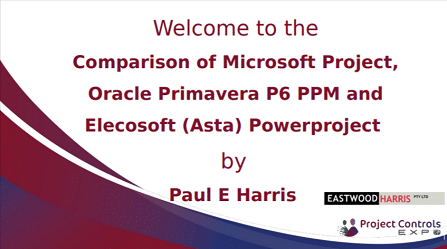Project scheduling is both an art and science, so almost always; there is more than one method to depict logic. While some people tend to simplify, others enjoy complicated methods (the Rube Goldberg way). While none of these methods may be classified as “wrong”, we can see significant improvement in efficiency when simplifying, also known as the KISS system. Simplifying helps the project management team members better understand the schedule and its intrinsic details. It facilitates many scheduling and project management functions, leading to better results, more efficiency, and happier team members.
This presentation will give hints on how to simplify the CPM schedule; with a focus on the schedule creation stage, in order to “start with the right foot.” Simplifying the schedule proved to be helpful for the project management team throughout the construction project, especially in updating, measuring work progress, schedule acceleration, risk analysis, and claim analysis. We start with the work breakdown structure (WBS) and the definition of activities and milestones. We try to use solely the Finish-to-Start relationship with minimum use of lags and constraints. The development of powerful computers and software provided us with ability to handle projects with huge number of activities, so we have fewer restrictions on the size of the project in terms of number of activities.
The presentation will show some examples performed by different methods in order to demonstrate the impact of simplifying.
This presentation is important not only for planners and schedulers, but for the entire project management team as well as engineers, architects, and attorneys.










